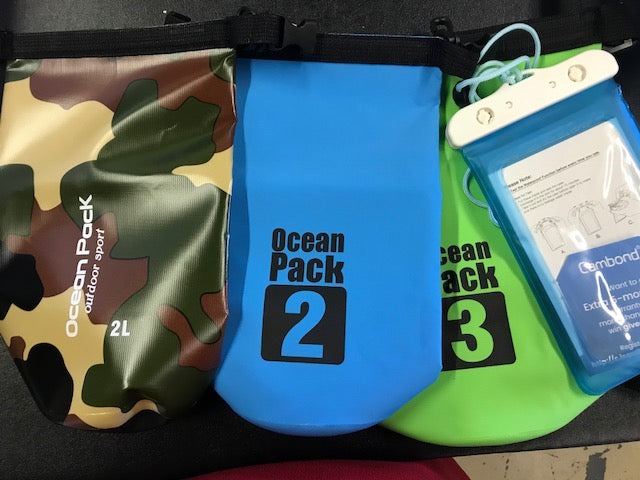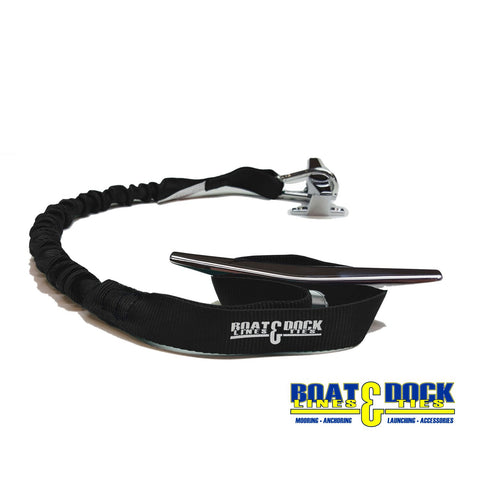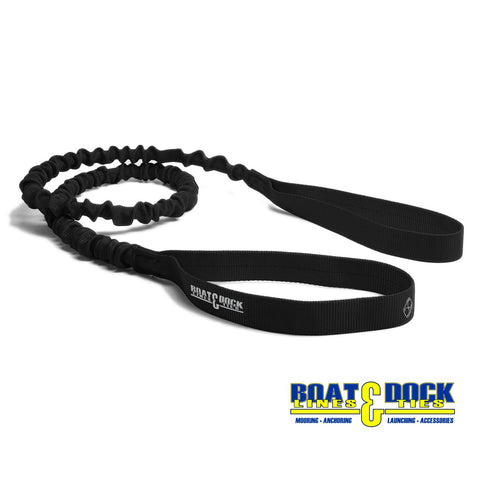Water-related accidents are among the most common cause of death in some of our nation’s most visited parks, forests and waterways. Many drowning victims were not trying to swim but were simply engaging in activities as innocent as wading, taking photos or playing along the stream bank. Those victims attempting to swim in swift waters overestimated their swimming ability and underestimated river currents. None of these drowning victims suspected that tragedy was about to overwhelm them.
Spring and summer activities often find visitors and their children near rivers and streams, enjoying nature's serene sounds or cooling sore feet from a long day's hike. It's important to understand water safety in and around these tempting waters. What can seem peaceful, warm and shallow can prove to be deceptively cold and easily overwhelm the strongest individuals. Each year, unexpected victims, whether purposefully in the water (boating, swimming, wading or crossing streams) or accidentally in the water (scrambling on rocks or even falling while hiking), find themselves in a water rescue situation.
Be Aware of Hazards
Be cautious anytime you or your family are near rivers and streams. Consider these precautions as spring snow melts and rivers and streams rise. Also be cautious when waters appear warm or slow moving, but actually have strong and sometimes dangerous currents below the surface.
- Water Temperature: Air temperatures may feel hot and the water may feel or appear warm, but temperatures can be extremely cold below the surface. Hypothermia can quickly set in and overwhelm even the strongest of swimmers, becoming too weak to escape.
- Currents: In as little as six inches, water that may look calm on the surface and slow-moving can have enough force to knock you off your feet and sweep you downstream. Even a slow current can take you where you don't want to go, towards hazards, and leave strong swimmers unable to reach the shore.
- Water Hazards: A slippery and uneven river bottom combined with the stream’s current can suddenly sweep you off your feet. Debris and underwater features such as trees, branches and logs, and even narrow gaps between rocks can trap you under water, causing hypothermia or even death.
- Jumping off Bridges and Rocks: Many people over estimate the depth of water when making jumps from bridges and rocks. Jumping into water to shallow can cause serious injury and even death. There may also be dangerous debris under the water you can not see until it is too late. Always Obey NO Jumping from Bridge signs!
Water can be a great place to play, cool off and make wonderful summer memories. Always follow those guidelines, and enjoy the water.



